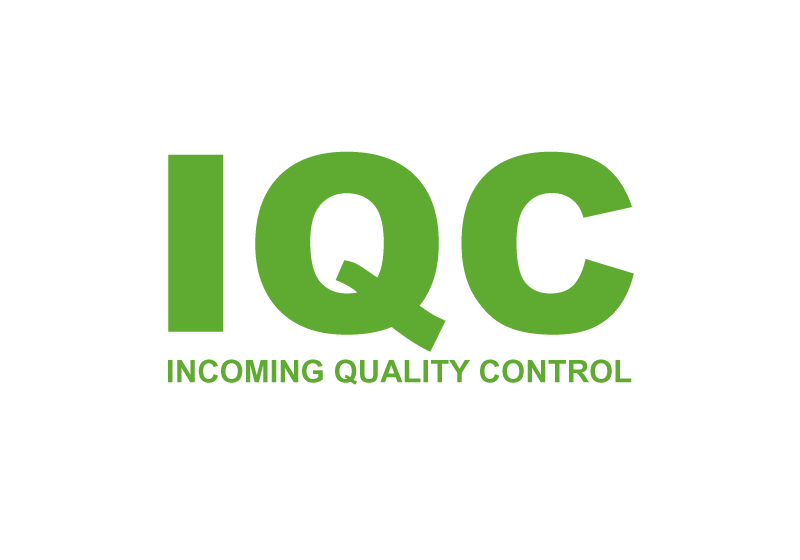Monday To Saturday
8:30 AM - 6:00 PM
Incoming Quality - Jinan Bcamcnc Machinery Co., Ltd. (BCAMCNC)

BCAMCNC Parts Quality Control Procedure
In order to effectively control the quality of parts used in CNC machine production, BCAMCNC ensures that all incoming and in-use components are strictly inspected and verified. This prevents defective or substandard parts from entering production, guaranteeing that every CNC machine delivered meets our high-quality standards.
What We Do
1.Incoming Parts Inspection
The warehouse issues a parts arrival notice, and the production department provides specifications for inspection.
2.Scrap Material Review
Evaluate and confirm parts proposed for scrapping by the warehouse or production workshop.
3.Re-Inspection of Stored Parts
Re-check parts stored beyond a certain period to confirm validity.
4.Returned Parts Inspection
Examine returned or unused parts to decide whether they should be stored, returned to the supplier, or scrapped.
5.Supplier Evaluation
Newly introduced suppliers are evaluated by procurement in collaboration with engineering to determine qualification.
6.Supplier Coaching
Work with suppliers to improve quality standards, involving procurement and production departments.
7.Defect Analysis
Conduct experiments and in-depth analysis of suspected defective parts.
8.Inspection Records & Traceability
Maintain inspection records, labels, and results. Notify relevant departments to ensure traceability.
9.Final Quality Judgment
The quality supervisor has full authority to make the final decision and treatment plan for unqualified products.
How We Do It
Step 1. Incoming Inspection
After IQC (Incoming Quality Control) receives the warehouse notice, the batch of parts must be inspected immediately according to the inspection card requirements specified in quality documents.
Step 2. Strict Inspection
All inspections must strictly follow the inspection standards. For discrepancies, semi-finished or finished product assemblies are tested for performance verification.
Step 3. Documentation
Inspection results and related data are recorded in the IQC report and submitted to the Quality Supervisor for review.
Step 4. Qualified Handling
If the parts pass inspection:
•Mark the batch as qualified.
•Attach an IQC PASSED label to the parts.
•Distribute inspection copies to relevant departments while the original remains archived in the Quality Department.
Step 5. Nonconformance Handling
If parts fail inspection:
•IQC submits defective samples and reports to the Quality Supervisor.
•The Quality Supervisor evaluates the impact on final machine quality.
•A judgment is made based on defect severity, with options including rework, sorting, supplier return, or special collection.
Step 6. Labeling & Categorization
Parts are labeled accordingly:
•IQC REJECTED for returned parts.
•IQC SPECIAL for special-use parts.
•IQC SELECT for parts requiring selective use.
Step 7. Targeted Selection
For selectively usable parts, IQC specifies defect points on the IQC SELECT label. These notes guide the production team to apply targeted measures and ensure quality during assembly.
Step 8. Abnormal Quality Feedback
When return, special processing, or selection is required:
•The Quality Supervisor issues an Abnormal Quality Contact Form with handling opinions.
•Procurement contacts the supplier with feedback to drive improvements.
•The original contact form is archived by the Quality Department for follow-up on future incoming materials.
BCAMCNC Commitment
Through this systematic IQC process, BCAMCNC ensures that every part meets strict quality standards before being used in CNC machine assembly. With traceability, supplier collaboration, and continuous improvement, we guarantee that each CNC machine reflects the durability, precision, and reliability our customers expect.

